10 Animals That Were Recently Discovered
Scientists continue to discover animals that seem almost too strange to be real. Even with shrinking habitats and climate pressures, new discoveries continue to emerge in rivers, forests, oceans, and museum drawers, where misidentified specimens have been hiding for decades. These recently recognized creatures illustrate the vast extent of the natural world that remains undiscovered.
Northern Green Anaconda

Credit: Instagram
Some discoveries surprise researchers due to their genetic makeup, which is the case with the northern green anaconda. This snake resembles the known green anaconda almost exactly, yet it differs by 5.5%, which is significantly greater than the 2% difference between humans and chimpanzees. It inhabits the Amazon and Orinoco basins, and can reach lengths of up to 29 feet and weigh around 550 pounds.
Bristlemouth Armored Catfish
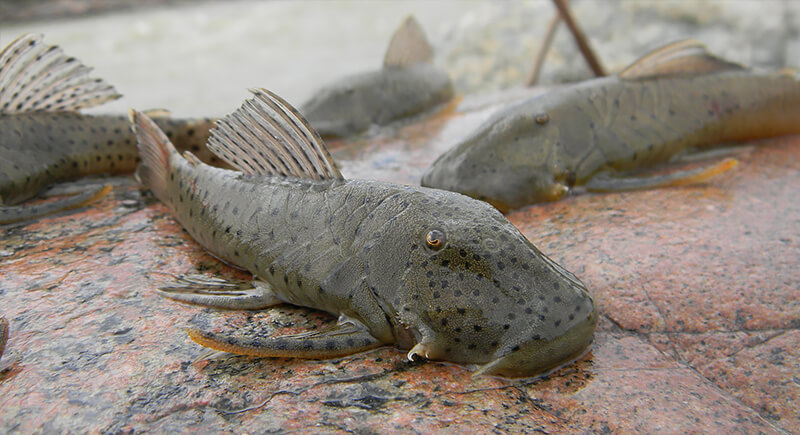
Credit: projectnoah
During an expedition in the Peruvian Amazon, researchers encountered a fish with a bizarre, blob-shaped head that didn’t match any known species in scientific records. This bristlemouth armored catfish lives in rocky mountain streams and has been familiar to Indigenous communities, but was new to science. Overall, the trip documented 27 new species.
Bird Tear Drinking Moth

Credit: nationalgeographic
Madagascar has an unusual moth that approaches sleeping birds to drink their tears using a long proboscis. Scientists at London’s Natural History Museum added it to their growing list of 2024 discoveries after confirming that this tear-feeding behavior, known in reptiles and mammals, also occurs in birds. The habit likely helps these moths get sodium in salt-poor environments.
Stream Treefrog
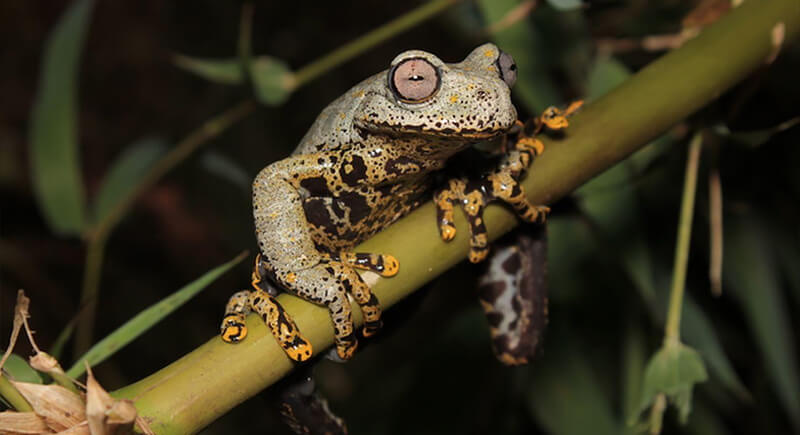
Credit: imgur
In the Ecuadorian Andes, a bright and patterned frog named Hyloscirtus tolkieni stands out among mountain streams. This species grows to about 2.5 inches and blends into mossy rocks despite its vivid coloring. Its name is a tribute to J.R.R. Tolkien because the frog’s appearance looks like something straight out of a fantasy story.
Vampire Hedgehog
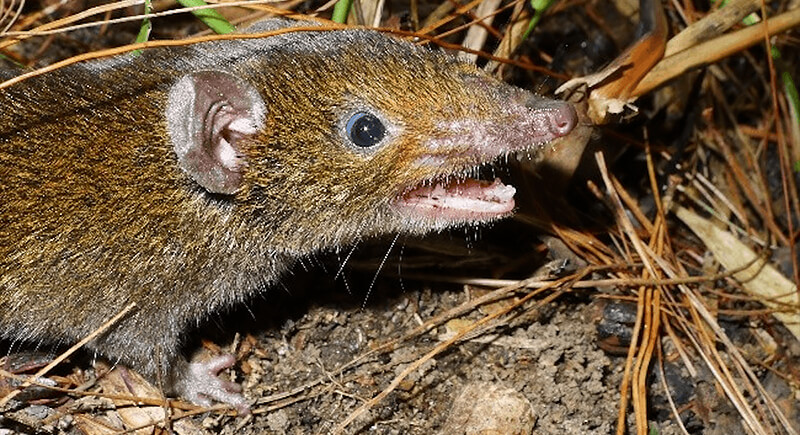
Credit: BBC
Researchers uncovered a soft-furred hedgehog with fang-like teeth inside museum archives that had been misidentified for decades. Known as Hylomys macarong, this species from Vietnam has longer fangs in males, suggesting a potential role in male-male competition and mating. The discovery stemmed from genetic comparisons of soft-furred hedgehogs stored in multiple collections, including a Smithsonian specimen from 1961.
Cao Bang Crocodile Newt
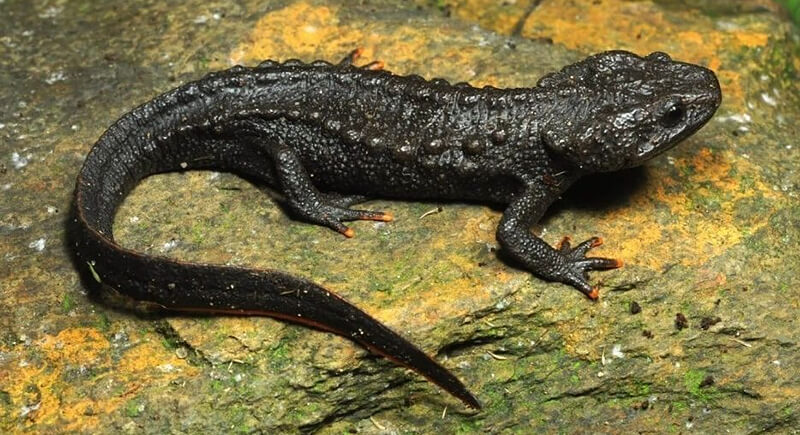
Credit: wildlife.watch
Northeastern Vietnam is home to a tiny amphibian that earned attention for its crocodile-like ridges and bright orange toes. Tylototriton koliaensis lives in slow streams on Kolia Mountain Pass and reaches only around 2.8 inches. The wildlife trade often targets its close relatives, so researchers warn that this species could face similar threats.
Pirate Spiders

Credit: Natural History Museum
On the remote island of St. Helena, two newly identified pirate spider species showed a talent for taking over webs and killing the resident spiders. These species, Ero lizae and Ero natashae, were identified after scientists reviewed specimens from the Natural History Museum. Ero lizae has sharp-looking projections on its body, which give it a fierce appearance despite its size, which is roughly 4 millimeters in diameter.
Skeleton Panda Sea Squirt
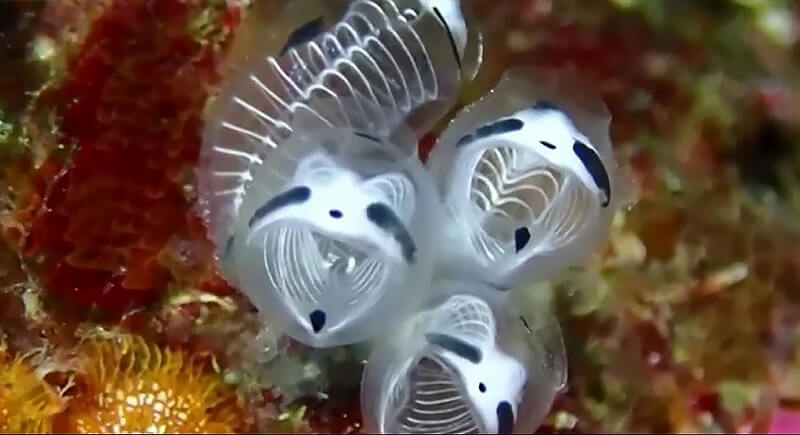
Credit: Youtube
This quirky sea creature with markings that resemble a panda was discovered near Kumejima, Japan. Formally known as Clavelina ossipandae, it belongs to a group of filter feeders that pump water through their bodies and expel it afterwards. Its distinct patterning made it easy for researchers surveying marine invertebrates to spot.
Anguiculus dicaprioi

Credit: vajiramandravi
In the Himalayas, a copper-colored snake was recognized as a brand-new genus and species and was named Anguiculus dicaprioi. This calm, 22-inch reptile lives at high elevations and has also been found in Nepal. Scientists named it in honor of Leonardo DiCaprio for his conservation advocacy.
Guitar Shark
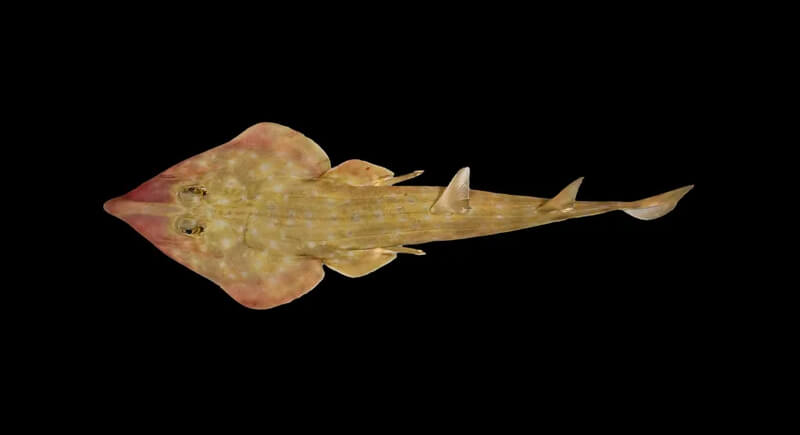
Credit: Ocean Census
Deep-sea surveys off Mozambique and Tanzania revealed a new bowmouth guitarfish that combines features of rays with those of sharks. This species, found around 650 feet underwater, became part of the Ocean Census project’s extensive list of newly identified marine creatures. Researchers involved say as many as 10% of marine species may still be left undocumented.